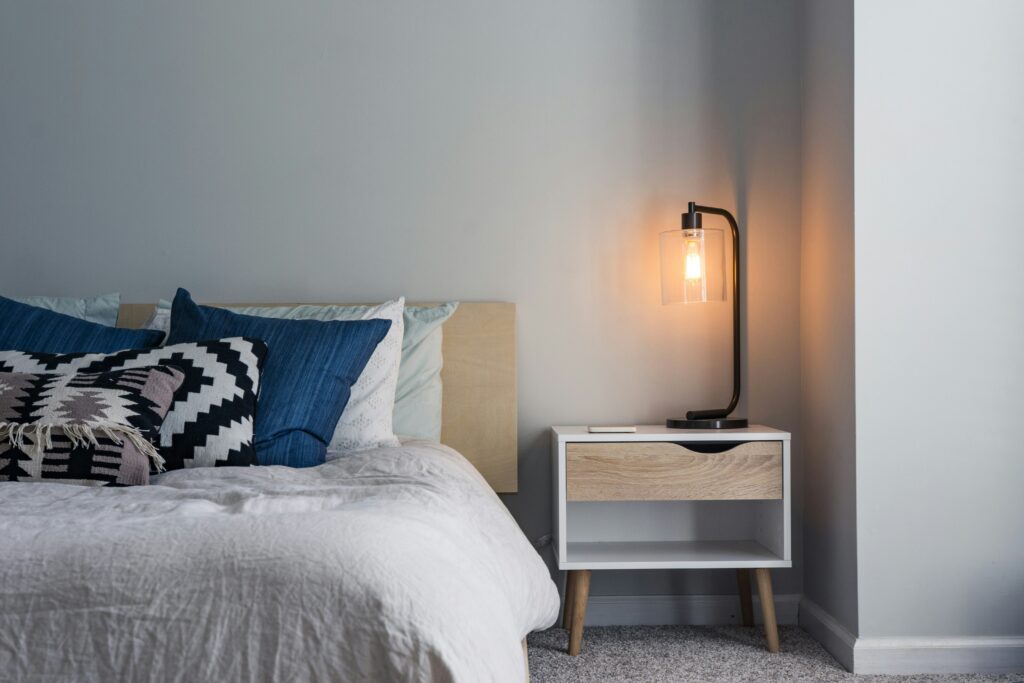
Turning rooms in your home into functional spaces can be challenging. But it is also rewarding. Once you master the art, your accommodation becomes infinitely more convenient and livable, complementing your lifestyle.
But what are the underlying principles that enable you to turn, say, a bathroom, into a functional space? Let’s take a look.
Choose Furniture That Makes Sense
The first step in making any room functional is to choose furniture that complements that space. Items must work in sync with the available space and furnish household members with the services and experiences they want.
As a priority, avoid cluttering up rooms with excessive furniture that doesn’t offer any value. Ensure people have enough space to move around, without table legs and armchairs getting in the way.
If you have limited space, consider investing in slim-line furniture. This option helps to open up your rooms and keep them looking their best, even if you are working with limited square footage. A cushy sofa bed can also be a smart choice, offering seating during the day and transforming into a sleeping area at night, making it ideal for small apartments or multipurpose rooms.
Build Storage Into Your Rooms
The second principle of creating functional spaces in any room is to build storage into the fabric of the interior. Giving yourself multiple options that fit your style and needs can help you keep clutter off the floor and surfaces and turn every part of your home into a place you understand.
For example, you might want to put reclaimed wood shelves up in the kitchen for pots and pans or add a large mirrored medicine cabinet to the bathroom for toiletries, cleaning supplies, and other sundries. You could also add under-floor storage to keep bulky items you use infrequently out of the way.
Make The Space Feel Personalized
Another principle you can adopt for interior spaces is personalization. Adding items that make sense for you and reflect your personal interests can be an excellent way to give each room a sense of purpose and structure.
For example, you could dedicate a room to a craft you enjoy, such as sewing or pottery. Adding the equipment and supplies you need helps to make the room your own and serve your lifestyle.
You can also change the décor in ways that alter your emotions or mood more towards what you want to feel. Many people adopt this approach with outdoor spaces, such as decked areas, but fail to bring the same concepts indoors.
You could even try constructing nostalgic spaces that tell the story of your life and experiences so far. Adding travel souvenirs to the shelving and mementoes on the wall reminds you of how time passes.
Keep Experimenting
Finally, we’d advise you to keep experimenting with your spaces and adapt them over time as your needs and interests change. While having a large living room for watching movies on a 50-inch plasma screen might serve you in your thirties, it might not have the same appeal later in life.
If a room isn’t serving you anymore, change it. Adapt the equipment it contains to fulfil your requirements, such as adding a coffee machine in the kitchen or art supplies in your craft room.







Leave a Reply